The milk candy industry has witnessed significant transformations over the past few decades, thanks to advancements in machinery. Milk candies, known for their smooth texture and rich flavor, are in high demand globally. However, maintaining consistent quality while scaling production can be challenging. This is where milk candy machines come in, offering various advantages that help manufacturers meet these demands. This article delves into the multiple benefits of using milk candy machines in production, from increasing efficiency to improving product quality and reducing operational costs.
I. Introduction
Milk candies have always been a popular treat, with their creamy texture and rich taste appealing to consumers worldwide. However, making milk-based candies in large quantities while maintaining high quality requires more than just traditional candy-making techniques. The introduction of specialized milk candy machines has allowed manufacturers to automate and optimize their production processes, improving efficiency, consistency, and scalability.
These machines are designed to handle all aspects of milk candy production, from mixing and cooking to molding and packaging. As consumer demand grows, milk candy machines provide a solution to scale production while maintaining product quality. The advantages of using these machines go beyond just convenience—they offer long-term benefits in terms of cost reduction, flexibility, and sustainability.
II. Increased Production Efficiency
The most significant advantage of using milk candy machines is the increase in production efficiency. In traditional methods, much of the work involved manual labor, which was time-consuming and often resulted in inconsistencies. Today, automated machines perform many tasks that were once done by hand, significantly reducing production time.
| Feature | Benefit |
|---|---|
| Automation | Reduces the need for manual labor, increasing production speed. |
| High-Speed Operation | Machines can process large quantities of ingredients quickly. |
| Continuous Production | Machines operate 24/7, allowing for continuous production. |
Milk candy machines can mix, heat, cool, and mold candies much faster than manual methods, ensuring a higher output. Additionally, machines can work around the clock, eliminating downtime and increasing overall production capacity. By automating repetitive tasks, manufacturers can focus their resources on other areas of the production process, such as quality control and packaging.
III. Consistency and Quality Control
Maintaining a consistent product quality is a constant challenge in candy manufacturing. Milk candy machines are designed to perform with precision, ensuring that each batch of candy meets the same high standards.
Precise Temperature Control:
One of the most important aspects of milk candy production is maintaining the correct cooking temperature. Milk, sugar, and other ingredients must be heated to a specific temperature to achieve the right texture and flavor. Milk candy machines are equipped with temperature control systems that ensure the mixture is cooked to perfection every time.
Uniform Mixing and Blending:
The mixing system in milk candy machines ensures that all ingredients are thoroughly blended, preventing clumping and inconsistencies in texture. By using automated systems, the risk of human error is minimized, resulting in a smoother and more uniform candy.
Quality Assurance:
Milk candy machines also come with built-in monitoring systems that help detect issues early in the production process. If there is any deviation from the set parameters, the machine alerts the operator, allowing for prompt adjustments to maintain the desired quality.
| Aspect | Impact on Production |
|---|---|
| Temperature Regulation | Consistent texture and flavor across all batches. |
| Automated Mixing | Ensures uniform consistency, preventing defects. |
| Quality Monitoring | Allows for immediate adjustments, ensuring high-quality output. |
With machines ensuring consistent results, manufacturers can produce large quantities of milk candy with uniform taste, texture, and appearance. This consistency is crucial for consumer satisfaction and helps brands build trust with their customers.
IV. Reduced Production Costs
Milk candy machines can significantly reduce the costs associated with production. While the initial investment in these machines can be high, the long-term savings outweigh the costs. Some of the ways machines reduce production costs include:
Lower Labor Costs:
Automated machines reduce the need for a large workforce. The tasks that once required multiple workers are now performed by machines, freeing up labor for other areas of production. This results in substantial savings on labor costs.
Minimized Waste:
Machines are designed to use ingredients precisely, minimizing waste. In traditional candy-making methods, ingredients could easily be over-measured, leading to unnecessary waste. Milk candy machines ensure that each batch uses only the required amount of ingredients, which not only reduces costs but also contributes to sustainability.
Energy Efficiency:
Modern milk candy machines are designed with energy-saving features, such as optimized heating and cooling systems. These features reduce the energy consumption of the entire production process, helping businesses save on electricity bills.
| Cost Factor | Benefit |
|---|---|
| Labor Costs | Reduced need for manual labor, lowering operational expenses. |
| Ingredient Waste | Accurate measurements lead to less waste and reduced costs. |
| Energy Consumption | Energy-efficient designs cut down on electricity costs. |
By reducing the need for labor, minimizing ingredient waste, and increasing energy efficiency, milk candy machines help manufacturers lower their overall production costs, ultimately improving profitability.
V. Flexibility and Customization
Another significant advantage of using milk candy machines is the flexibility they provide in producing a wide range of candy types and variations. These machines can be customized to accommodate different candy shapes, sizes, and flavors.
Production of Multiple Candy Types:
Milk candy machines can be easily adjusted to produce various types of candies, including toffees, caramels, fudge, and lollipops. The ability to switch between different candy types allows manufacturers to meet consumer demand and introduce new products without investing in separate machines.
Customization of Shapes and Sizes:
Many machines come with interchangeable molds, allowing manufacturers to create candies in different shapes and sizes. This is especially important for businesses that want to introduce seasonal candies, promotional items, or customized candy shapes for specific markets.
| Customization Factor | Benefit |
|---|---|
| Candy Type Flexibility | Produce a variety of milk-based candy products. |
| Shape & Size Variability | Create customized shapes, sizes, and designs for products. |
This flexibility enables manufacturers to remain competitive by quickly adapting to market trends and consumer preferences. It also allows them to experiment with new ideas without needing to invest in new machinery.
VI. Improved Hygiene and Safety
Hygiene and safety are critical concerns in the food manufacturing industry, particularly when producing candy products that are consumed directly by consumers. Milk candy machines are designed with food safety and hygiene in mind.
Food-Grade Materials:
The components of milk candy machines are made from food-grade stainless steel and other non-toxic materials. These materials are resistant to corrosion, easy to clean, and comply with food safety regulations.
Automated Cleaning Systems:
Many modern machines come equipped with automated cleaning systems that allow for quick and thorough cleaning between production runs. This reduces the risk of contamination and ensures that machines are sanitized for the next batch of candy.
| Hygiene Feature | Benefit |
|---|---|
| Food-Grade Materials | Ensures that the candy produced is safe for consumption. |
| Automated Cleaning | Reduces the risk of contamination and improves food safety. |
These features not only improve the safety of the production process but also ensure that the candy is of the highest quality when it reaches consumers.
VII. Scalability and Adaptability
Milk candy machines are designed to be scalable, allowing manufacturers to increase their production capacity as demand grows. The machines can be easily adjusted to accommodate larger or smaller production runs, making them suitable for both small and large-scale operations.
Scaling Production:
Machines can be scaled up to increase output when demand increases. This makes it easier for manufacturers to meet seasonal peaks or sudden spikes in consumer demand without sacrificing product quality.
Adapting to Market Changes:
As consumer preferences change, milk candy machines can be modified to produce new candy types, different flavors, or unique packaging formats. This adaptability makes it easier for manufacturers to stay relevant in an ever-evolving market.
| Scalability Feature | Benefit |
|---|---|
| Scaling Production | Easily increase production capacity to meet demand. |
| Adaptability | Quickly adjust to market trends and consumer preferences. |
These capabilities provide manufacturers with the flexibility to grow their business while maintaining high-quality standards.
The advantages of using milk candy machines in production are clear. From increased efficiency and reduced production costs to enhanced consistency and flexibility, these machines offer significant benefits to manufacturers in the milk candy industry. By investing in advanced machinery, businesses can improve their production processes, meet consumer demand, and remain competitive in the market.
At Jiangsu Flying Dragon Food Machinery Co., Ltd., we are committed to providing high-quality milk candy machines designed to enhance production efficiency, quality, and profitability. Whether you’re scaling your operations or looking to improve existing processes, our machines offer the reliability and flexibility you need to succeed in the milk candy market.


 ENG
ENG
 English
English 中文简体
中文简体 русский
русский Français
Français Español
Español عربى
عربى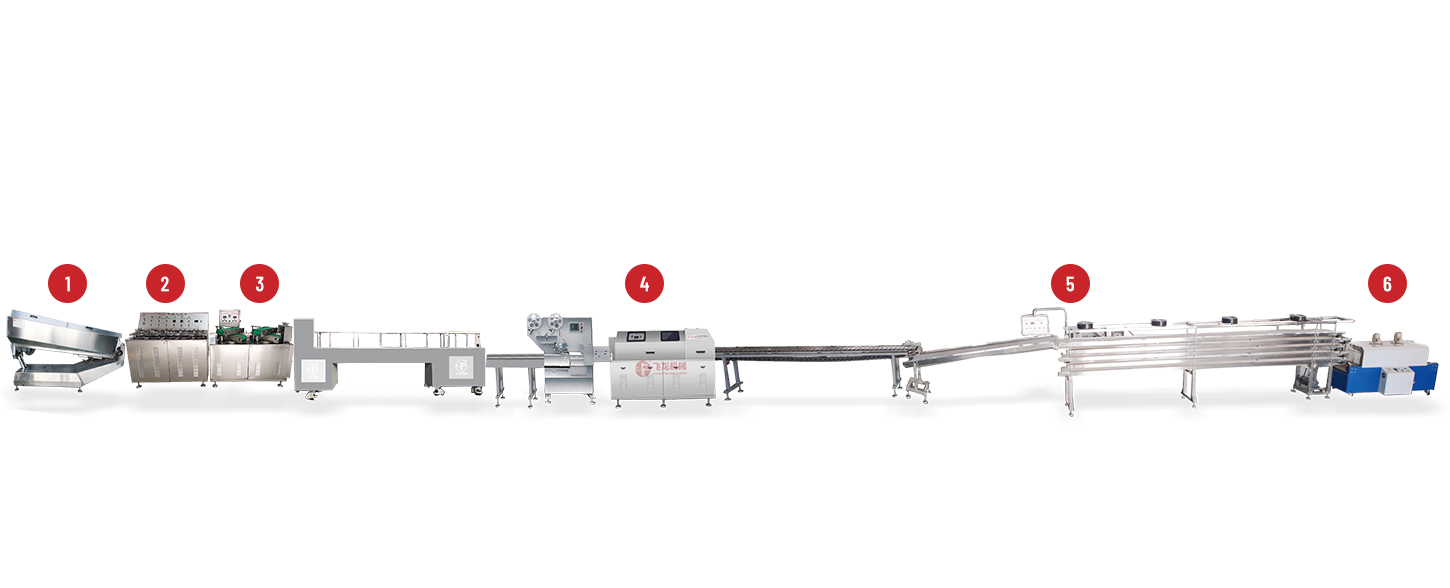
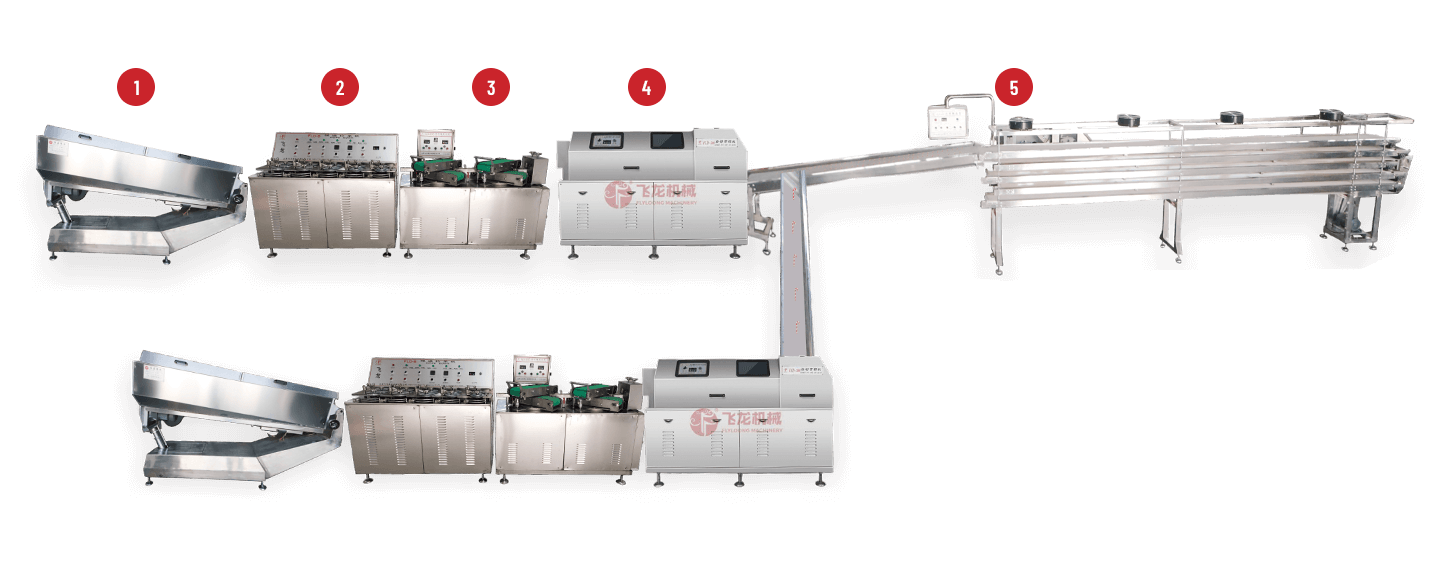
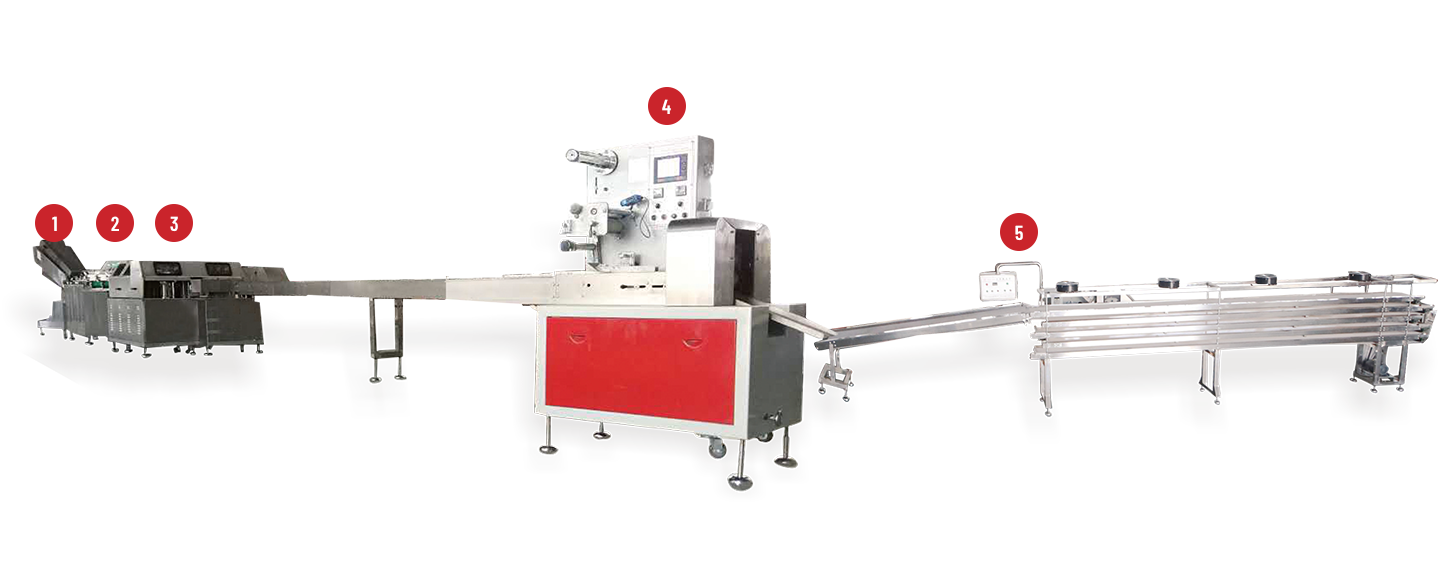
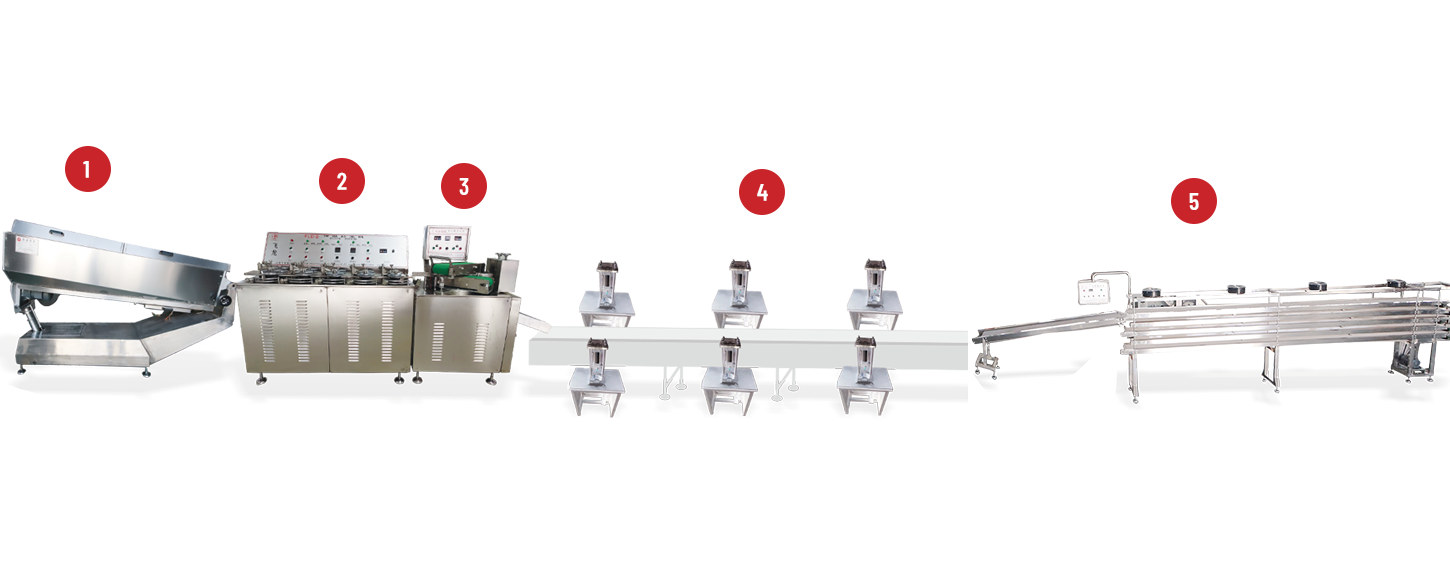
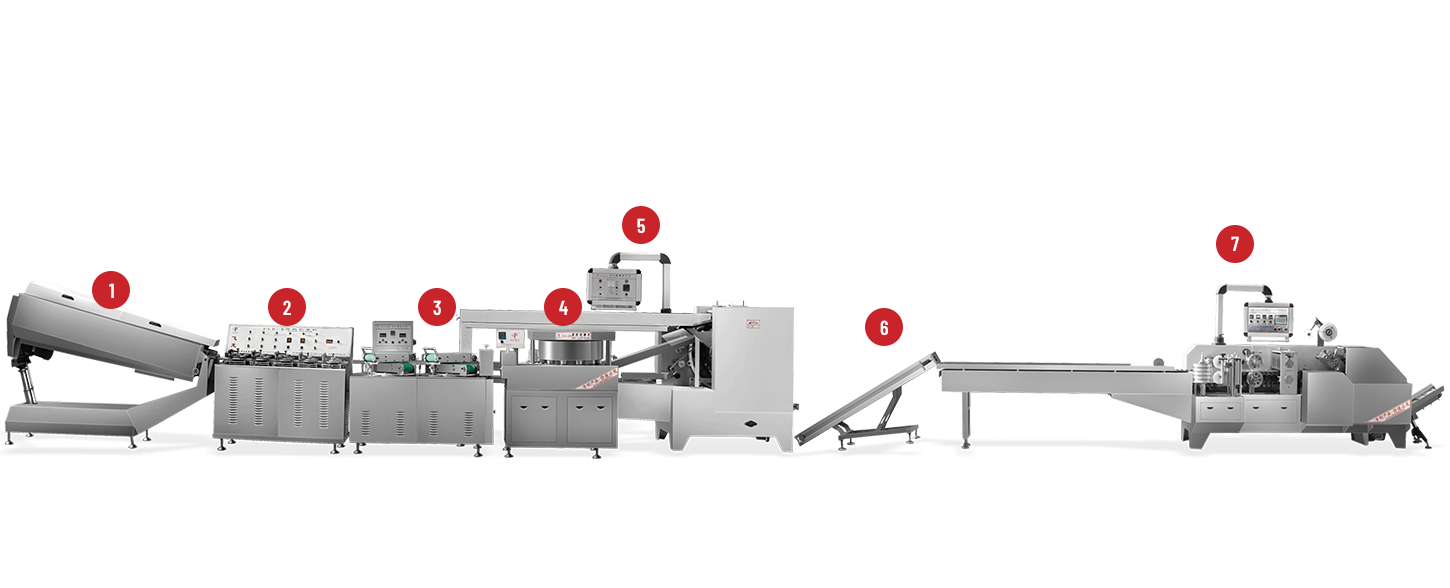
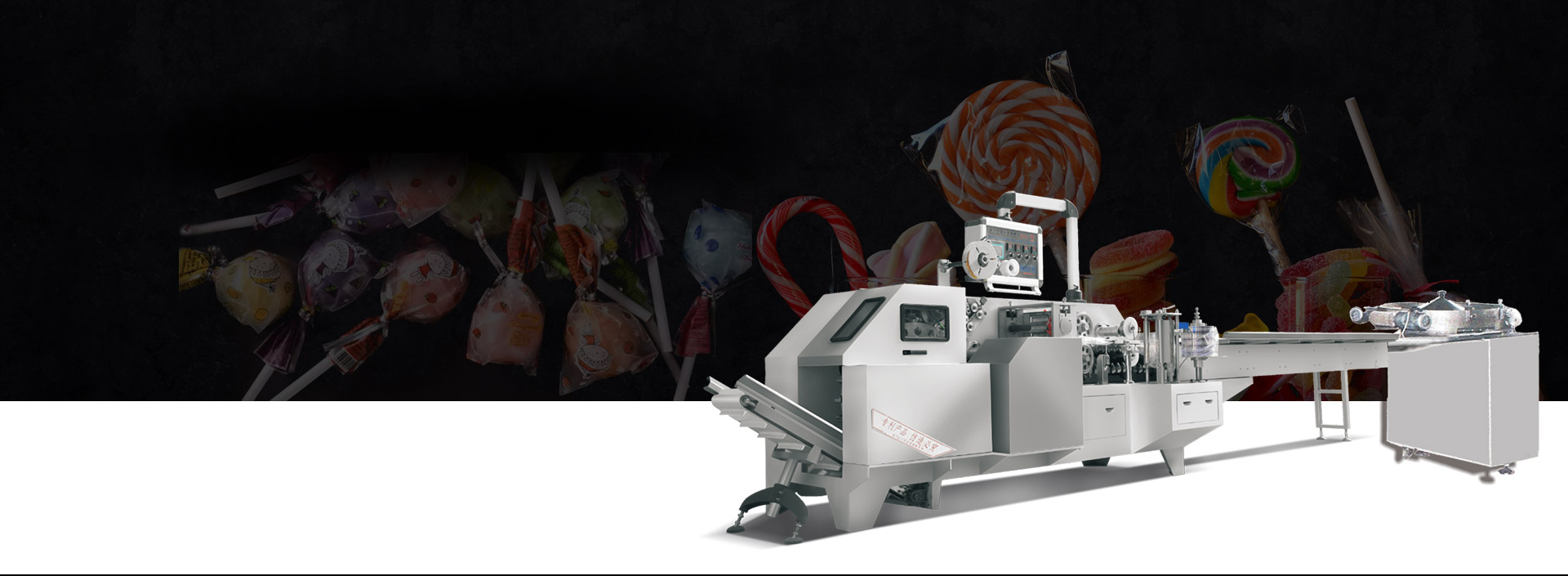
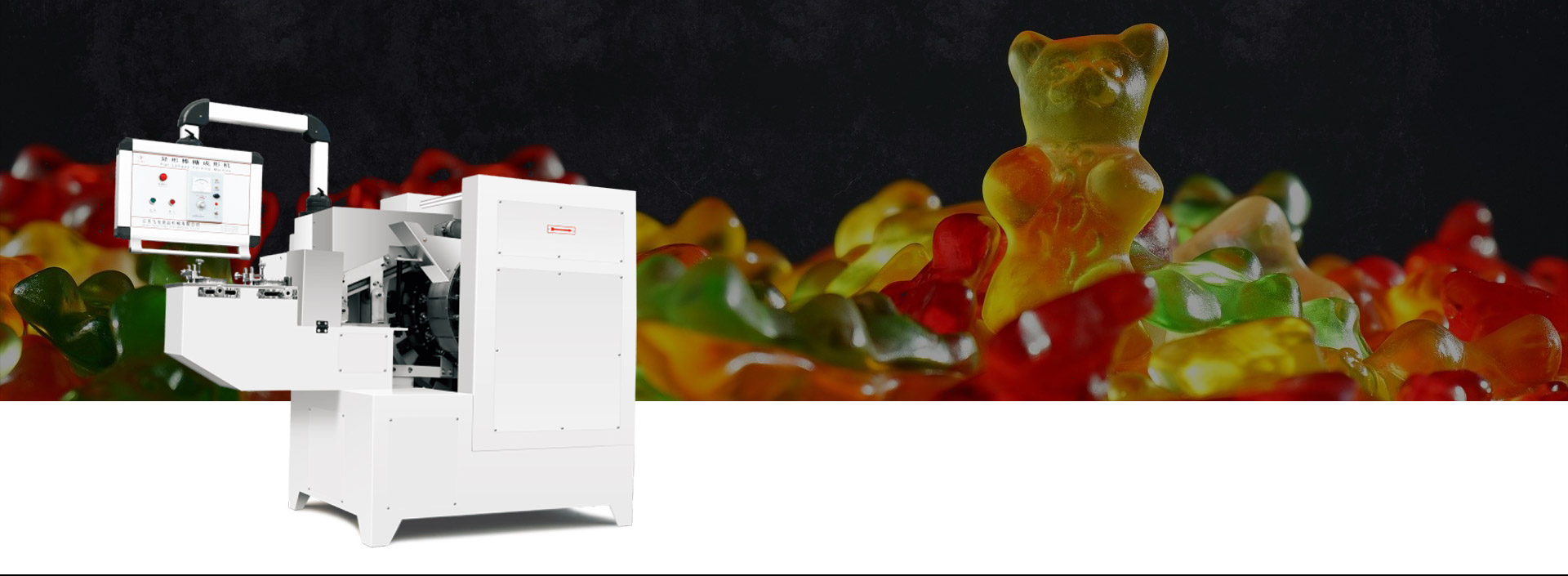
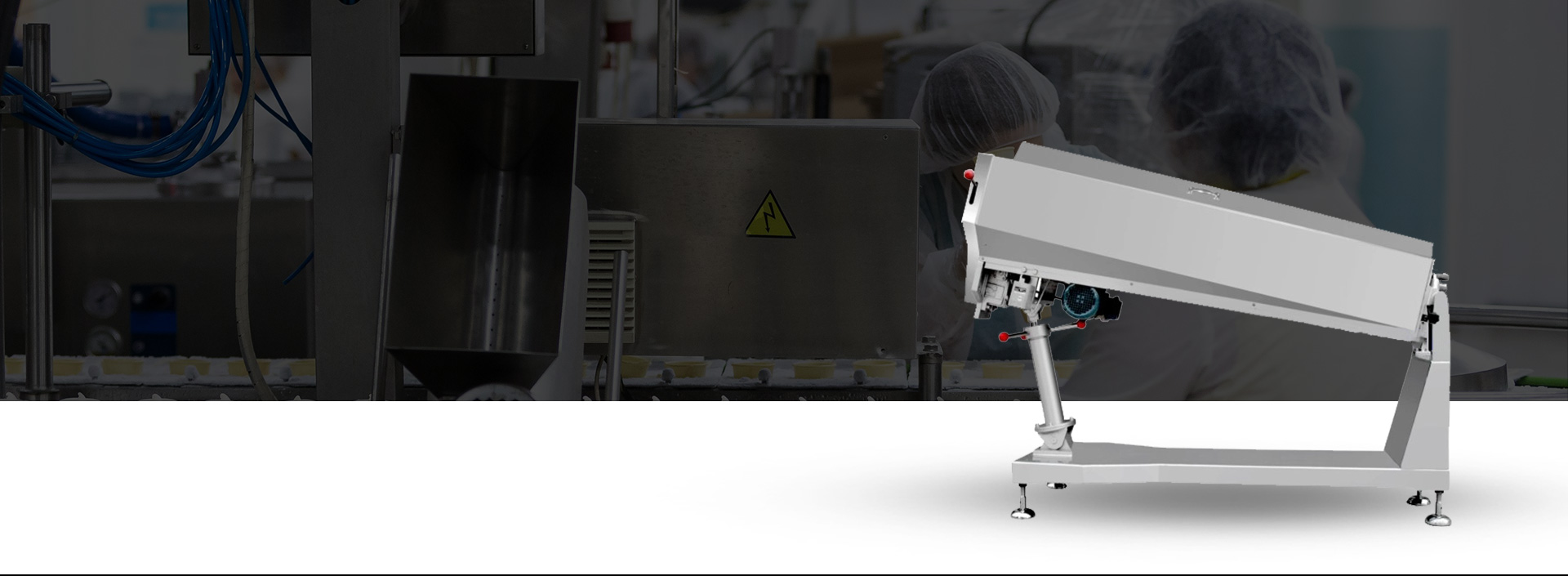
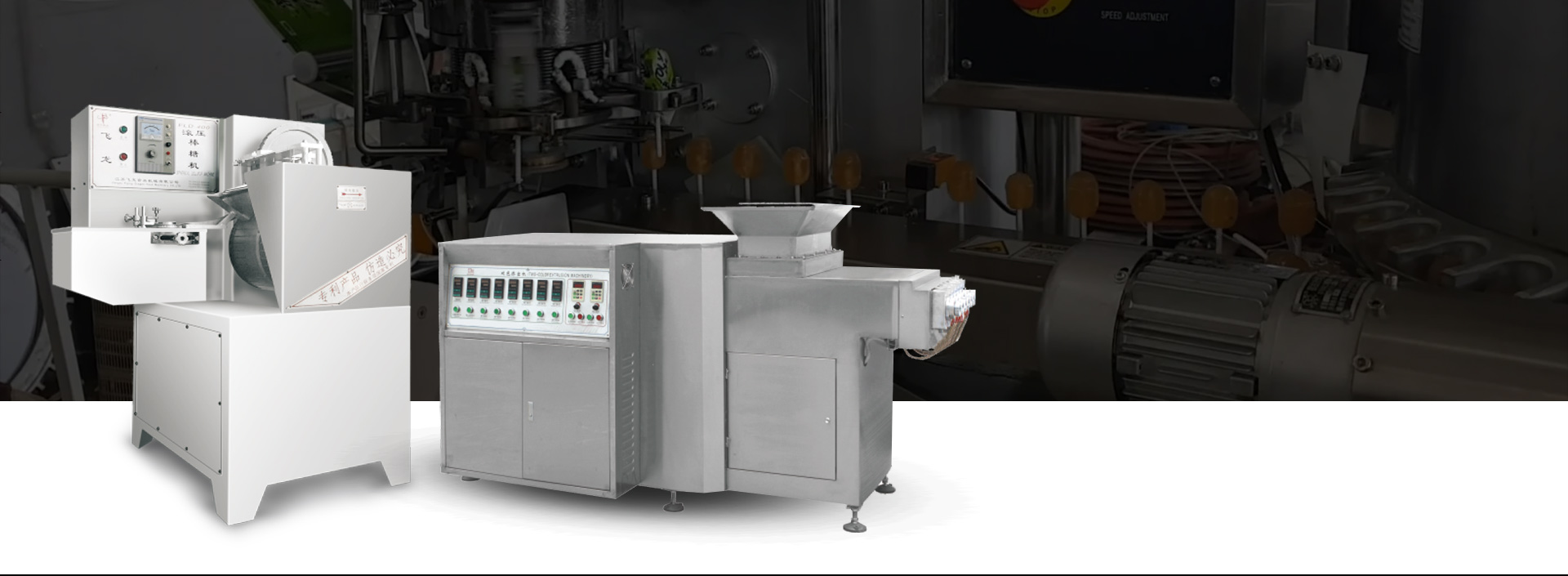
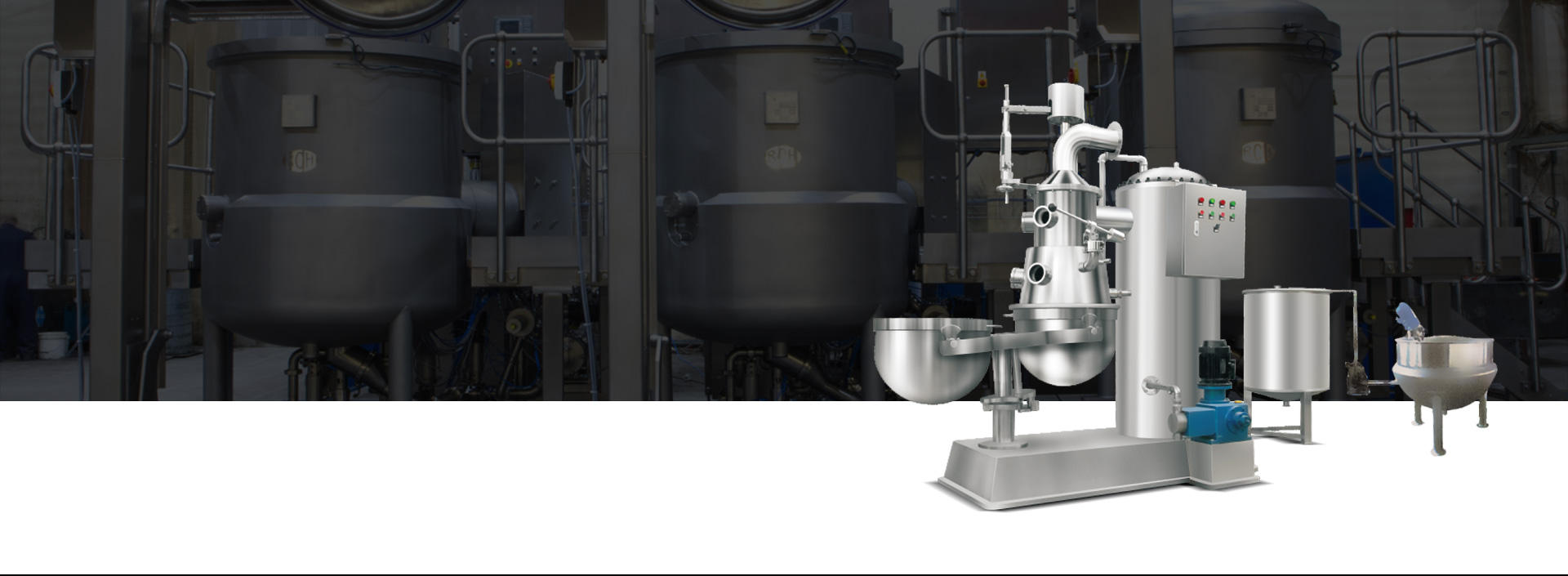

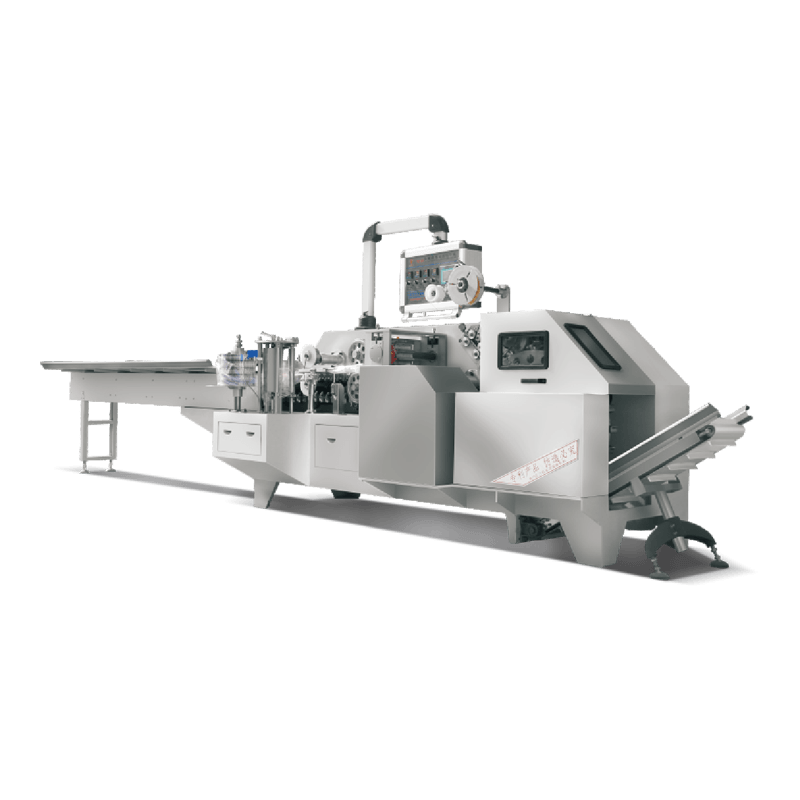
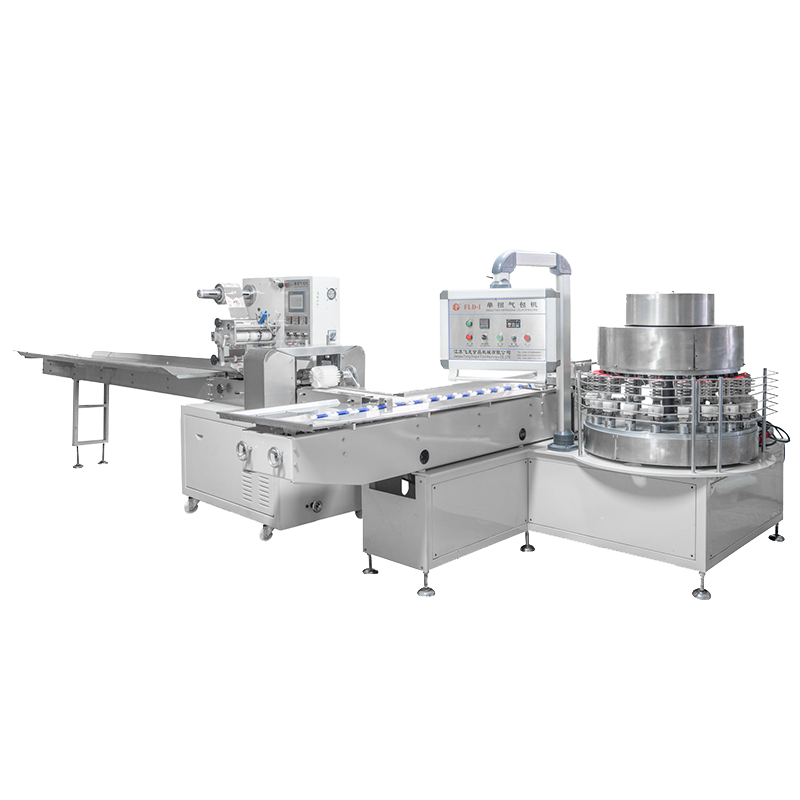
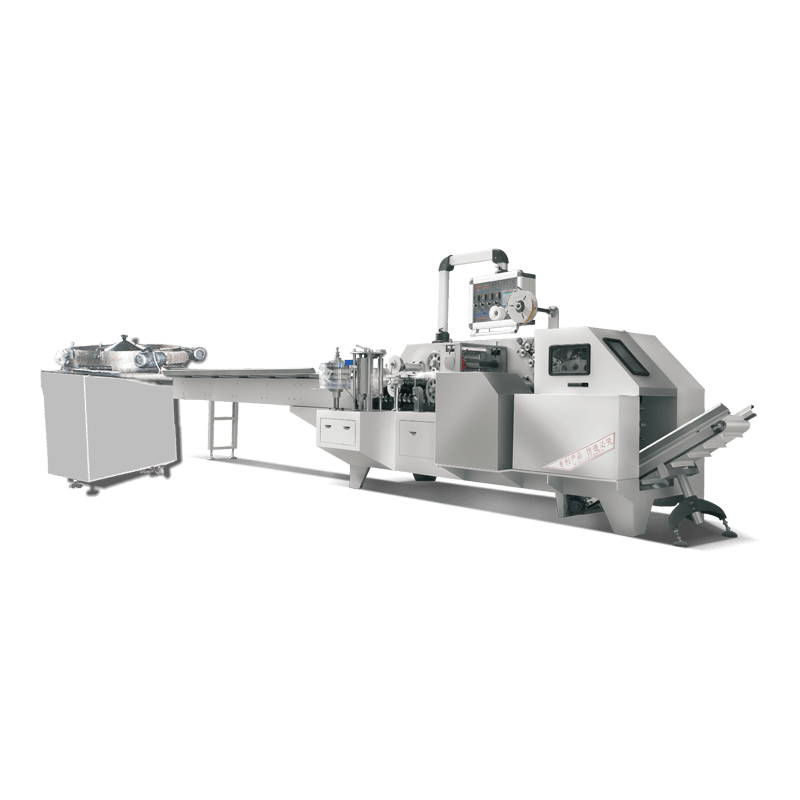
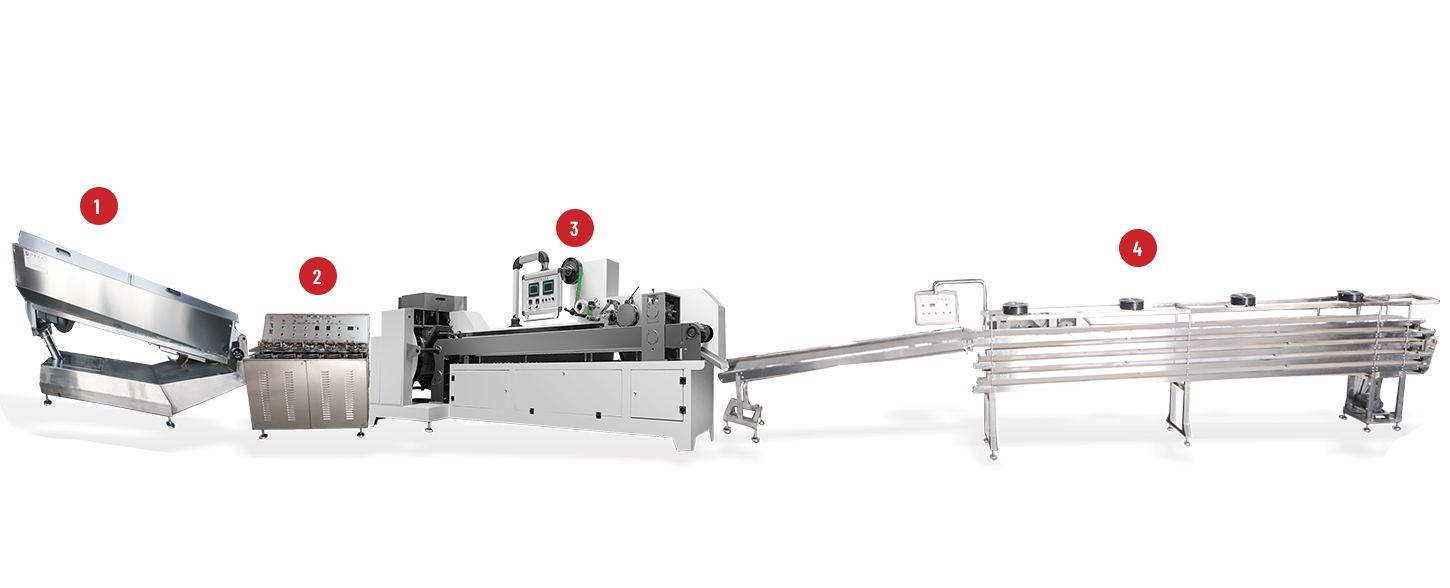
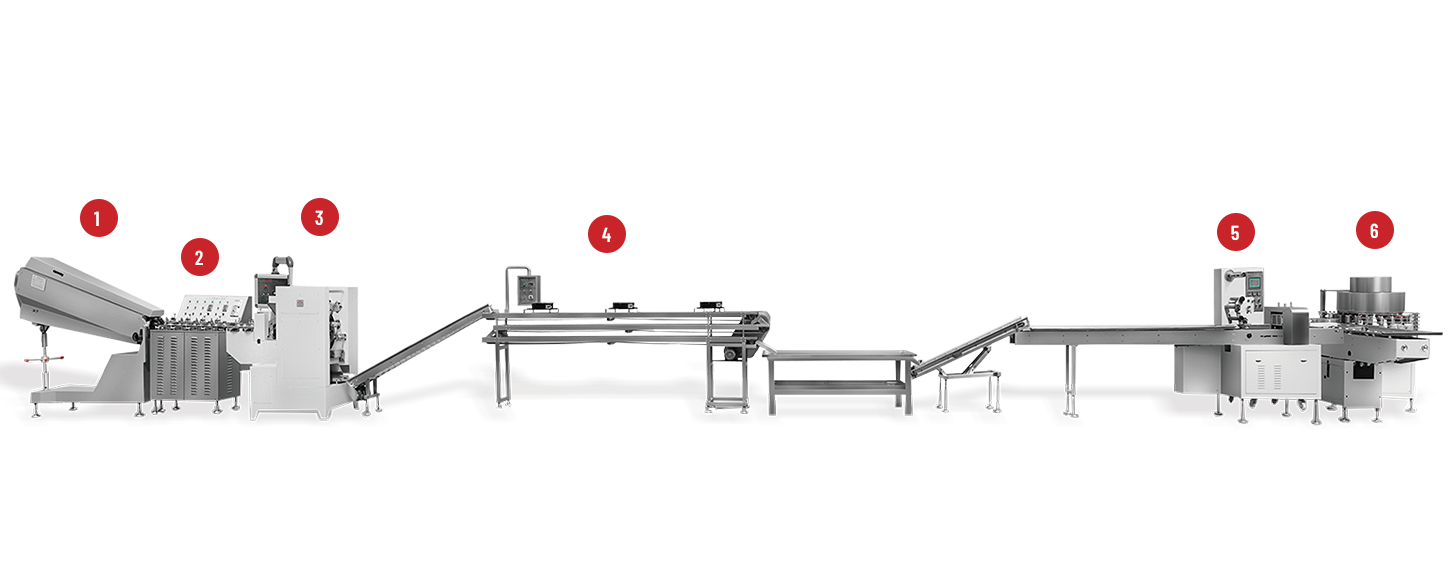
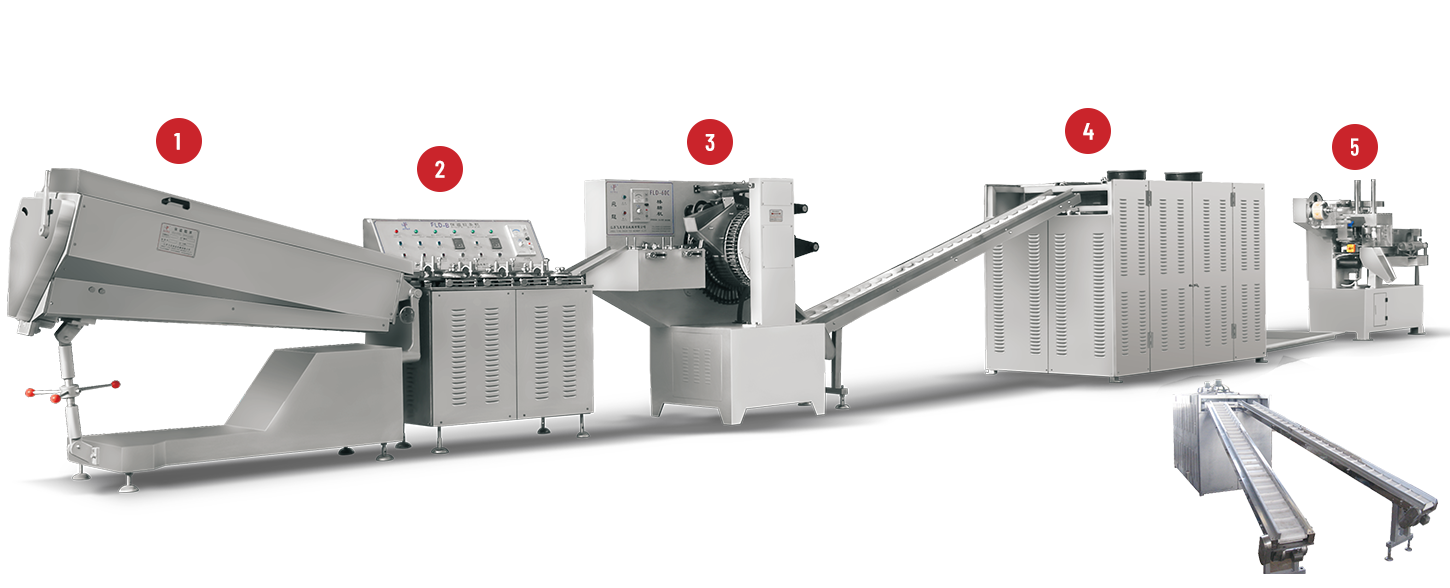
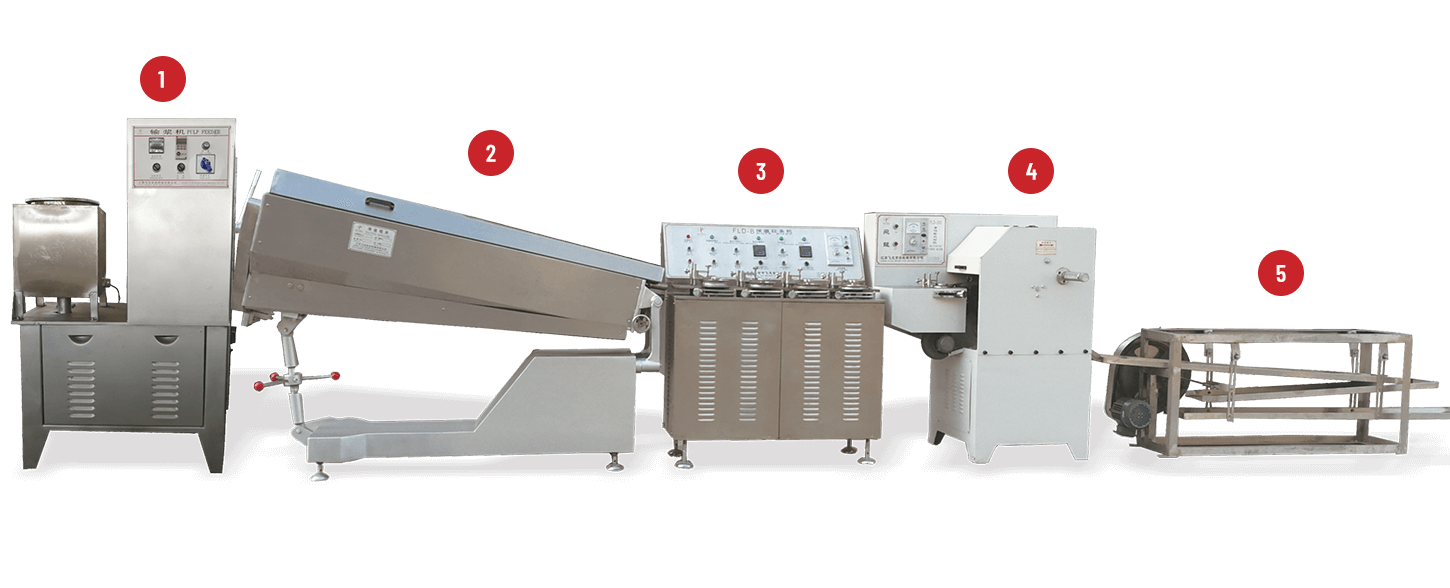
 +86-(0)515-8465666
+86-(0)515-8465666 +86-(0)515-85566996
+86-(0)515-85566996 +86-138 1559 9708
+86-138 1559 9708 flyloong@flyloongcn.com
flyloong@flyloongcn.com 
 Home
Home